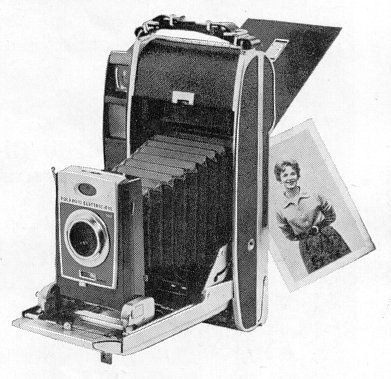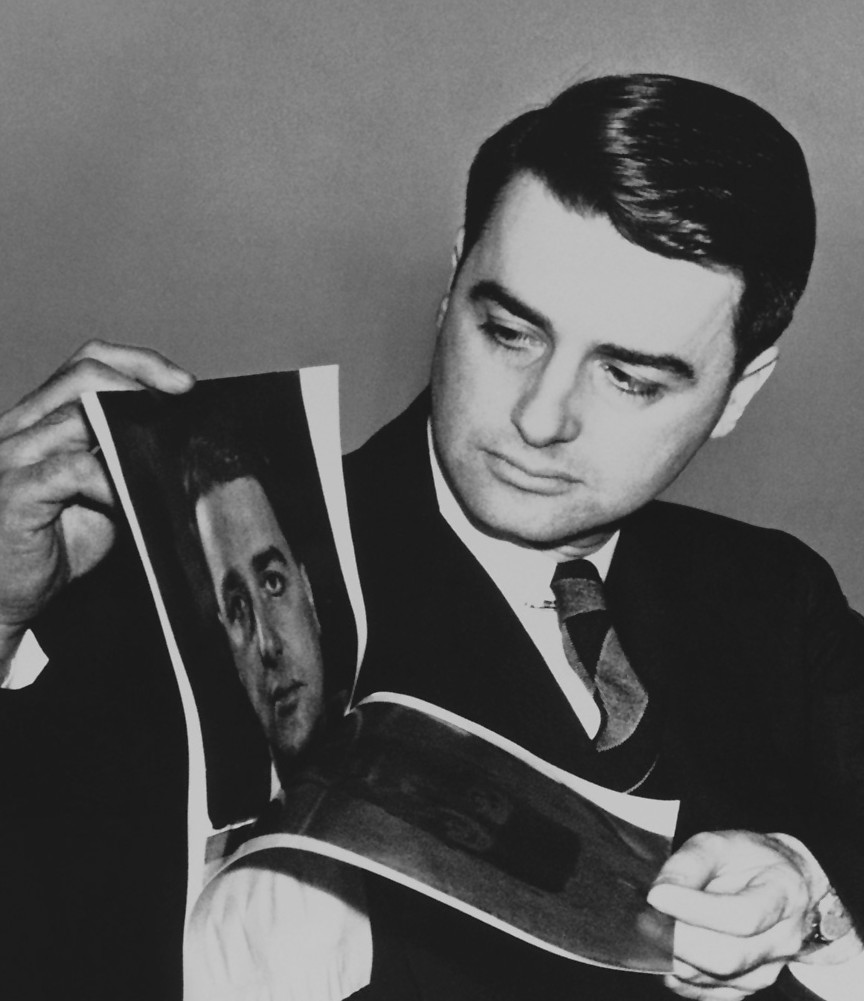Polaroid has faltered badly in the digital age, but that company’s genius inventor Edwin H. Land was to his time what Steve Jobs was to ours, and, yet, his name is probably unfamiliar to most people just two decades after his death. Christopher Bonanos has an excellent piece in the New York Times about the Land-Jobs link. An excerpt:
“Most of all, Land believed in the power of the scientific demonstration. Starting in the 60s, he began to turn Polaroid’s shareholders’ meetings into dramatic showcases for whatever line the company was about to introduce. In a perfectly art-directed setting, sometimes with live music between segments, he would take the stage, slides projected behind him, the new product in hand, and instead of deploying snake-oil salesmanship would draw you into Land’s World. By the end of the afternoon, you probably wanted to stay there.
Three decades later, Jobs would do exactly the same thing, except in a black turtleneck and jeans. His admiration for Land was open and unabashed. In 1985, he told an interviewer, ‘The man is a national treasure. I don’t understand why people like that can’t be held up as models: This is the most incredible thing to be — not an astronaut, not a football player — but this.'”
••••••••••
Land demonstrates the Polaroid instant camera, 1948:


